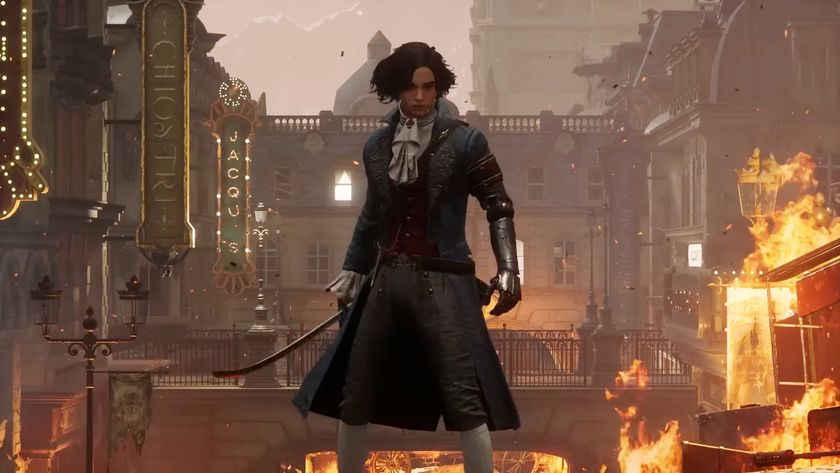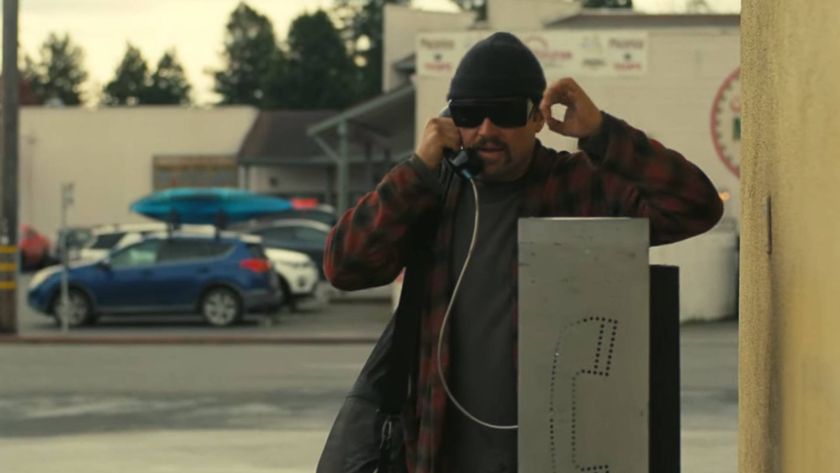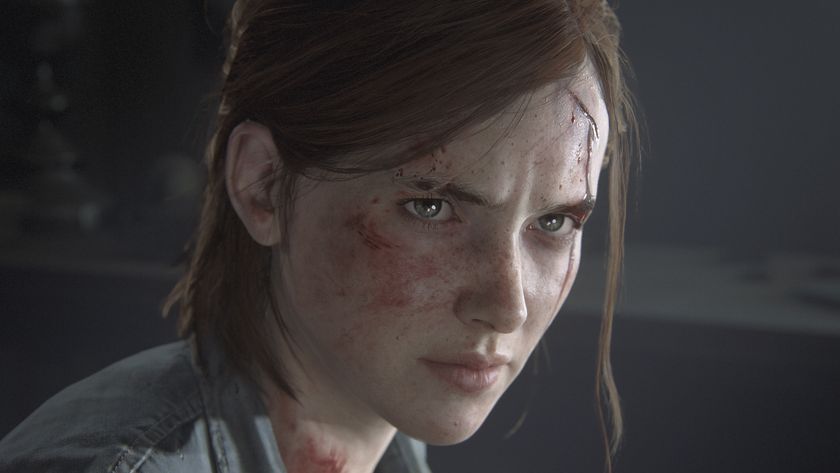The evolution of Project Gotham: from Metropolis Street Racer to the original Xbox and beyond
The chequered history of how Metropolis Street Racer transformed into Project Gotham Racing
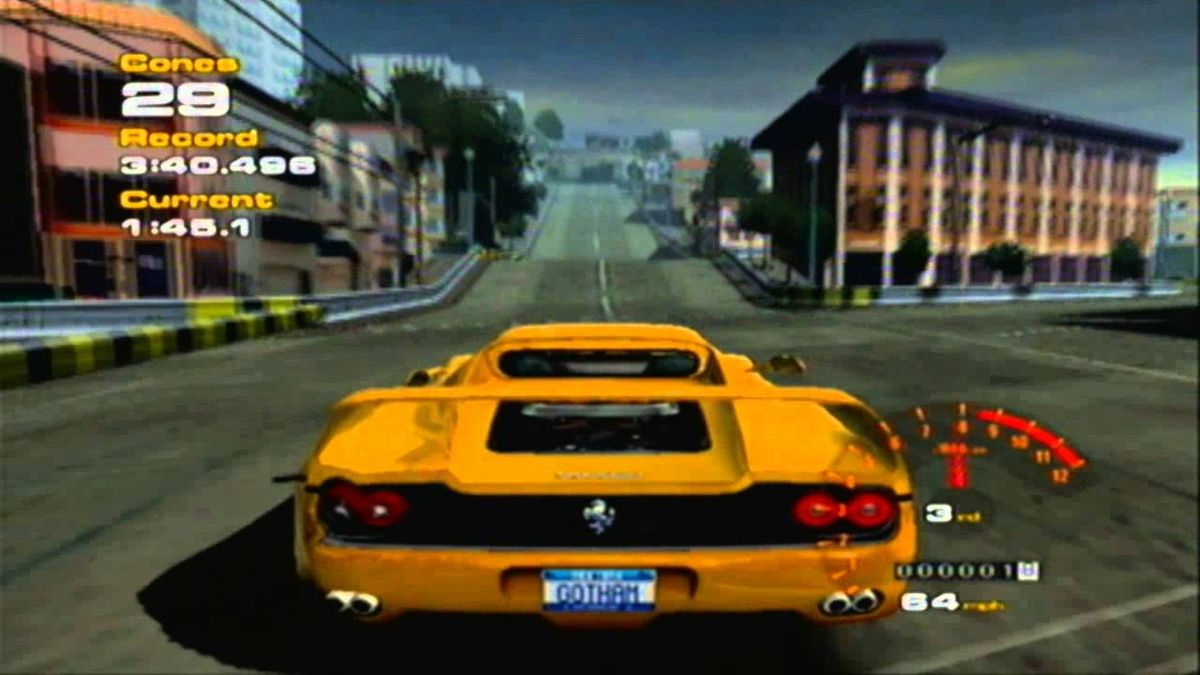
It’s said that everything is relative, and this was certainly the case with Metropolis Street Racer. The Bizarre Creations title reviewed well and was enjoyed by Dreamcast owners, but there just weren’t enough of them, and so Bizarre took steps to recoup the costs of its game’s development.
This ultimately led to a meeting with Microsoft, as Bizarre founder Martyn Chudley explains. “Basically it was clear to us that we wouldn’t get a financial return on the Dreamcast with Metropolis Street Racer,” Martyn concedes. “We were well over budget and the platform was dying; it was being dominated by the PS2. We knew Sega itself was going to go multi-platform, and that could have been our preferred option, but it was still publicly in denial. So we approached Microsoft with a rough spec for a new racing game, with the hope of being given access to the upcoming Xbox.”
In fact, Martyn didn’t even consider other systems. But given that the Xbox was just a year away from launch, Microsoft asked for a conversion of his Dreamcast racer rather than a new title, not knowing that Sega owned the name Metropolis Street Racer. “As for the other consoles, we felt that the PS2 was a sideways step performance-wise and that the GameCube would have been a backward step,” Martyn notes. “But Microsoft was interested enough for us to take a demo of Metropolis Street Racer down to London, at which point it said, ‘Can’t we have that on Xbox?’ We said, ‘Well yes... and no.’ Yes to the fundamentals of the game, but no to the name. And the rest, as they say, is history!”
- "We would look at all the American RPGs and the JRPGs at the time and just go, 'Right, if they're doing it, we're not": Peter Molyneux and John McCormack talk the development of Fable 20 years on
- "Sony would also turn to Mercury for all their tech demos for publishers": Jeb Mayers talks us through the creation of the portable puzzler
Start 'em up
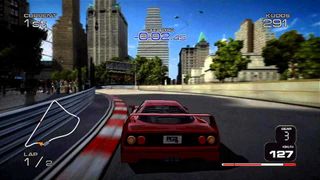
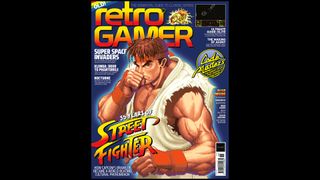
If you want in-depth features on classic video games delivered straight to your doorstep, subscribe to Retro Gamer today!
Of course, Bizarre’s Xbox racing game could have just been called something else while playing exactly like Metropolis Street Racer, but the firm had other ideas. “It was the way we were!” Martyn grins. “Ultimately we had to do a complete rewrite of the engine for the new hardware, and the new city content and vehicles seemed to push the game into a new direction. We had seen what worked, and what didn’t work – and Metropolis Street Racer was a year late, so we were rather tired of it! So adding the new features to make Project Gotham Racing a truly worthy launch title for a new platform seemed to be the only way to go.”
Many of Project Gotham Racing’s new features evolved from its predecessor’s, however, such as its ‘Kudos’ mechanic, which rewarded stunts like driving on two wheels. “The Kudos system was obviously Project Gotham Racing’s main USP – it was the thing that took us away from other racing titles,” Martyn considers. “With the assistance of Microsoft and its consumer feedback we found that people really enjoyed the more extreme but highly targeted actions, so we actively looked at pushing that area.” Project Gotham Racing further differentiated itself in how it scored its events, in that your Kudos after multiple attempts reflected your best effort and not your last. “If I remember correctly it was again done with Microsoft’s advice, and the ‘best attempt’ was seen to be more casual-consumer friendly,” Martyn reviews. “Personally, I liked the risk/ reward element of the Metropolis Street Racer implementation, but it was pretty hardcore! As for displaying Kudos on-screen, it was just seen as more casual and more instantly gratifying.”
As well as awarding Kudos points for stylish driving, Project Gotham Racing also introduced a skill-based challenge, which took its lead from US amateur racing. “The cone challenges were interesting, as they added a new dynamic to the game,” Martyn reasons. “They weren’t just about speed, winning or showing off. They allowed us to have a much more precise indicator of the player’s skill. I remember one of the Microsoft guys we had on the team being into cars and racing in a big way, and I think he used to do autocross out in the States where they use cones on airfields to create ‘circuits’ – so I’m guessing it came from that!” Wherever their origin, Project Gotham Racing’s challenges went down well when the Xbox launch title came out. Two years later, a sequel featuring 11 cities followed.
“After the inclusion of New York in Project Gotham Racing – over Metropolis Street Racer’s London, San Francisco and Tokyo – we felt that we needed more variety for the sequel,” Martyn explains. “We were proud that we created so many unique circuits within the earlier games’ small city areas, but ultimately more cities meant scope for more visually interesting and exciting tracks. I think the artists liked the travelling as well! The choice of new cites was based on a multitude of data points – customer research, team input, marketing territory, etc. We wanted to go as wide as possible.”
Sign up to the 12DOVE Newsletter
Weekly digests, tales from the communities you love, and more
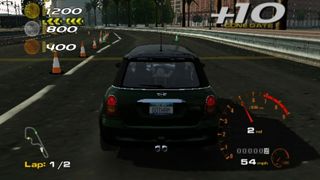
At the heart of Project Gotham Racing 2 was its solo Kudos World Series mode, which was divided into events that each featured different categories of cars. “If I remember correctly, as the specs of the cars got wider and wider the balancing of the gameplay got more and more difficult,” Martyn points out. “In Metropolis Street Racer we had the ‘CPF’ – Car Performance Factor – to balance up the relative performance of each vehicle, but going from SUVs to hypercars was a bridge too far. So keeping the cars ‘banded’ gave a much tighter balancing to the game.” One challenge of note in Project Gotham Racing 2’s Kudos World Series was its speed camera event, which added cornering to the previous game’s straight road speed tests.
“I’m guessing that it was based on consumer feedback – Microsoft provided a lot of that,” Martyn recalls. “If the speed challenges were low down on the consumer satisfaction then adding the skill element was our way to try to up their overall quality. Also with speed cameras, these were relatable to the man in the street, rather than having an arbitrary point or line on the track to pass.” Besides gameplay improvements, Project Gotham Racing 2 also bettered the original in the way that it presented the cars that players owned or could consider buying. “We needed to up our game from Metropolis Street Racer and Project Gotham Racing,” Martyn observes. “Having showrooms was one of the obvious ways of not only showing off the hardware prowess of the Xbox and the amount of detail we could put into the car models, but also giving the player a real sense of ownership and their own personal vehicle collection, rather than just having a list.”
Hidden in the garage used to store players’ vehicle collections was a playable coin-op called Geometry Wars, but was it an Easter egg or a teaser for a full release? “It was just an Easter egg,” Martyn clarifies. “Cakey – Geometry War’s coder Stephen Cakebread – had made a super-cool game, and we thought what better way to expose it than have it as part of a potentially multi-million selling product. We never even considered that it could be a standalone product. It was only the advent of Xbox Live Arcade that gave us that opportunity!” Two years later, around the same time that Bizarre was creating its XBLA Geometry Wars, the firm was also developing the supercar- focused Project Gotham Racing 3.
“I think we felt that as Project Gotham Racing 3 was going to be a launch title for Xbox 360 that going down the supercar route was a good way to show off the ‘next generation-ness’ of the game and the console,” Martyn remembers. “We put a lot of effort into those car models, particularly the interiors and audio, to give that truly next-gen experience.” Changes to gameplay established by the prior games were also noticeable, including a switch to unlocking cars by doing well in events instead of racking up Kudos. “Once again it was all about balancing, if I remember correctly,” Martyn ponders. “Also, more and more Microsoft ‘eyes’ were on the product, and with every iteration a lot of the previous games’ ‘rough edges’ were taken away, leaving a more and more consumer-friendly but ultimately less innovative game.”
Race to the end
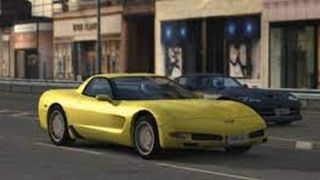
"Again, it was all about giving something ‘new,’ and to try to ‘polish’ out some of the hardcore elements".
Fresh challenges were another hallmark of Project Gotham Racing 3, such as Eliminators, where being in last place when a clock hit zero meant disqualification. “Again, it was all about giving something ‘new,’ and to try to ‘polish’ out some of the hardcore elements,” Martyn recollects. “We were open to all ideas, and many of these came from the gaming community itself. We were at a time when we could get real feedback from real players much more easily than in the past, with the obvious inclusion of all of the online aspects of the previous game.”
Positive reviews and robust sales of Project Gotham Racing 3 made a sequel inevitable, but the fourth game swapped supercars for eclectic driving conditions. “Weather was an obvious one!” Martyn exclaims. “We’d only really touched on it in the previous games, so to make it a central USP was interesting. Who wouldn’t like the idea of taking classic cars out in undrivable conditions! Obviously we had to prioritise the visual aspects, as these were one of the big new attractors for the game, but we really couldn’t compromise the gameplay.”
This circle was squared by underplaying the realism of racing in or on rain, fog, snow and ice, although an exception was made for the follow- up’s test track complex. “Whereas rain conditions might reduce grip by 50% in real life, we would only actually reduce it by a fraction – then the visuals gave the bulk of the ‘seat of the pants’ experience of driving on the edge,” Martyn reflects. “We reserved the full-on hardcore experience for snow in the Nürburgring, where we had a dedicated ‘snowy’ track model.” Naturally, new modes were incorporated into Project Gotham Racing 4, but one where slow cars tried to evade faster ones had originated in the game’s predecessor. “Cat And Mouse was 100% fan-made!” Martyn acknowledges. “People online would make their own races in PGR3, so it was an obvious decision to make it ‘official’ in PGR4. I think I first remember one of the Bizarre leads raving about it, at which point we had to see what the fuss was about. I found it fascinating that online players could take a basic set of ‘tools’ – fast cars and slow cars in this case – and generate new gameplay. That was supposed to be our job!”
Other fresh events of note included Bulldog, which was based on the old playground game of the same name and adapted for expensive sports cars on city streets. “Once again this was based on how the previous game was being used in the online community,” Martyn admits. “Basically we were trying to push the game in new directions, particularly looking at how to provide unique multiplayer-focused game content. These were really easy to ‘prototype’ by just messing around within the game and making up rules.”
The other major new element in Project Gotham Racing 4 was the inclusion of motorbikes, which were added to the game due to a requirement for uniqueness. “Bikes were another obvious choice to add – we didn’t want Project Gotham Racing 4 to be seen as Project Gotham Racing 3+,” Martyn says. “With both Project Gotham Racing and Project Gotham Racing 3 they were console launch titles. Project Gotham Racing 2 was a showcase for Live/Online, which is what the series gained its BAFTA for. So with Project Gotham Racing 4 not being linked to a particular Microsoft launch it needed some stand out points – and bikes stood out!”
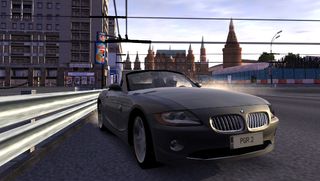
But pitting cars against motorbikes came with some challenges, and part of the solution was ‘banding’ of the sort used in Project Gotham Racing 2’s Kudos World Series. “The balancing was obviously a bit of a pain,” Martyn concedes, “because bikes and cars have utterly different ‘skill sets’ – cars can generally corner way quicker than bikes, but bikes have monstrous acceleration. So it was just a case of best matching cars and bikes with similar overall lap times and letting them loose! Then obviously we had to balance the amount of Kudos that was earned by various ‘moves,’ as it’s easier to show off on a bike. But that was a whole new ball game!” Like the previous Gotham games, Project Gotham Racing 4 was a critical and commercial success, but the subsequent sale of Bizarre effectively ended the series.
“We had reached a point where we were 170+ employees, and being independent, it was a real problem getting new games signed up,” Martyn sighs. “So we decided that we needed to be ‘in bed’ with a publisher. We had two teams – our ‘shooter’ team and our ‘racing’ team. We also had a tech team that served both game teams. We approached Microsoft, and I think it would have been happy for us to get fully on board, but only for the racing and tech teams. So we made the decision to go with Activision, which at the time had the James Bond licence and wanted a racing game.”
In certain respects, Bizarre’s Activision racer Blur was a spiritual successor to the Project Gotham Racing games, especially in the way that it encouraged player-made modes. “One of the key design goals for Blur was to try to provide as many customisable ‘hooks’ as we could,” Martyn reveals. “This was so players could generate their own multiplayer game modes on dedicated ‘servers’ with tight rules. Then we would keep an eye on what was becoming popular and promote these. Sadly it didn’t really pan out, but I think it was an interesting concept.”
Reflecting on the Project Gotham Racing series proper, Martyn remembers its development as a positive experience, with perhaps a slight note of regret that he would like addressed if the series was rebooted. “To be honest I’ve not gone back and revisited the games, but I have extremely fond memories of making and playing them, and I would like to hope they are still just as playable now!” Martyn enthuses. “As for a Project Gotham Racing 5, well I think the Metropolis Street Racer/ Project Gotham Racing series prided itself on innovation and bringing new ideas to the racing genre. But nowadays most new stuff has been done, so I think a Project Gotham Racing 5 could only be a proper throwback to its original Metropolis Street Racer roots – sod the casual market!”
This article first featured in Retro Gamer magazine - subscribe today!
Retro Gamer is the world's biggest - and longest-running - magazine dedicated to classic games, from ZX Spectrum, to NES and PlayStation. Relaunched in 2005, Retro Gamer has become respected within the industry as the authoritative word on classic gaming, thanks to its passionate and knowledgeable writers, with in-depth interviews of numerous acclaimed veterans, including Shigeru Miyamoto, Yu Suzuki, Peter Molyneux and Trip Hawkins.
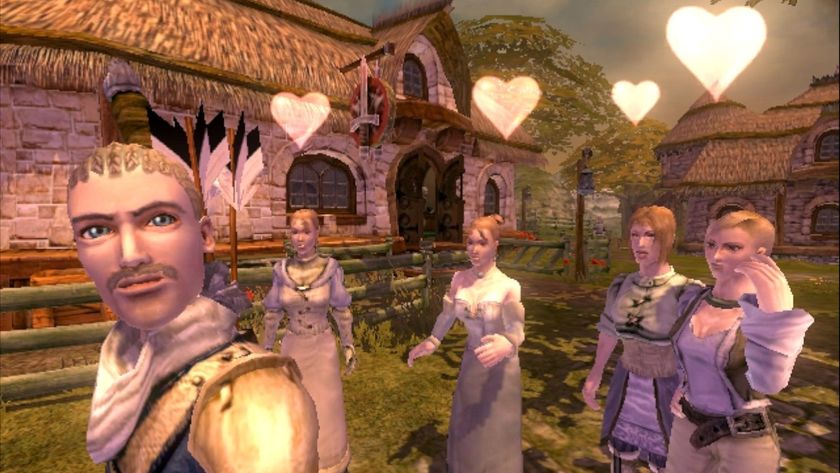
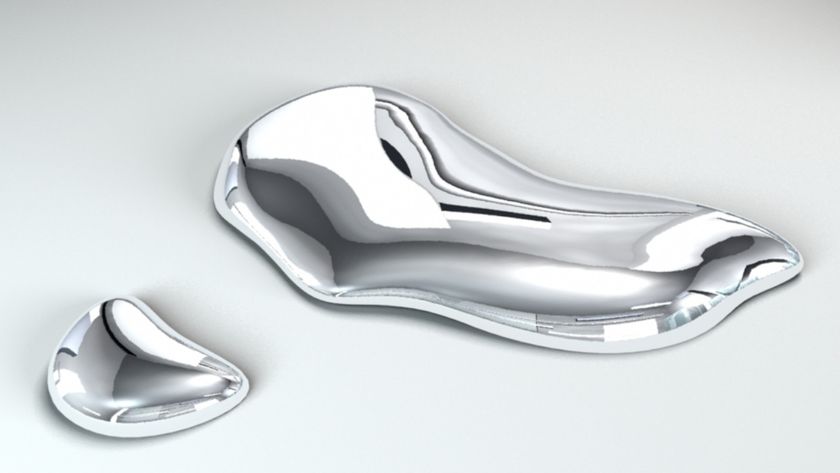
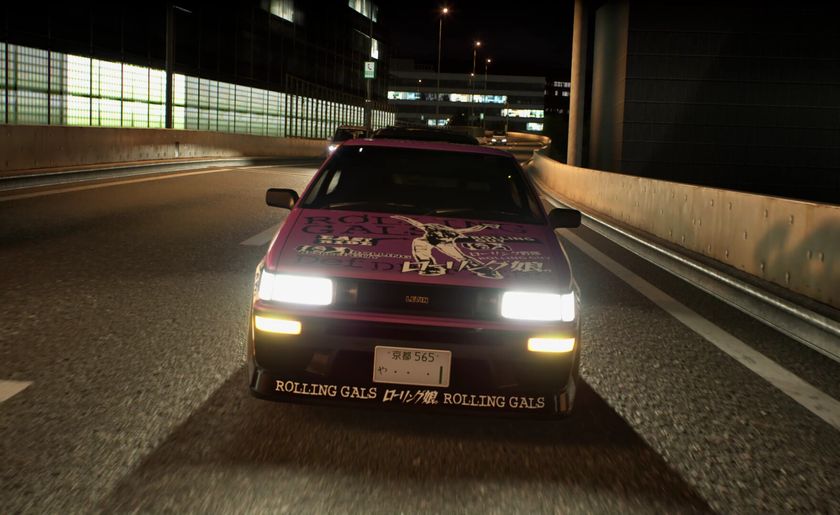
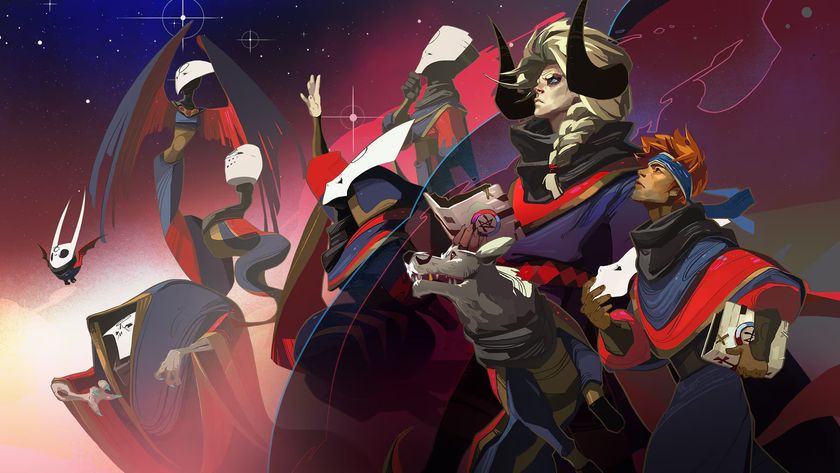
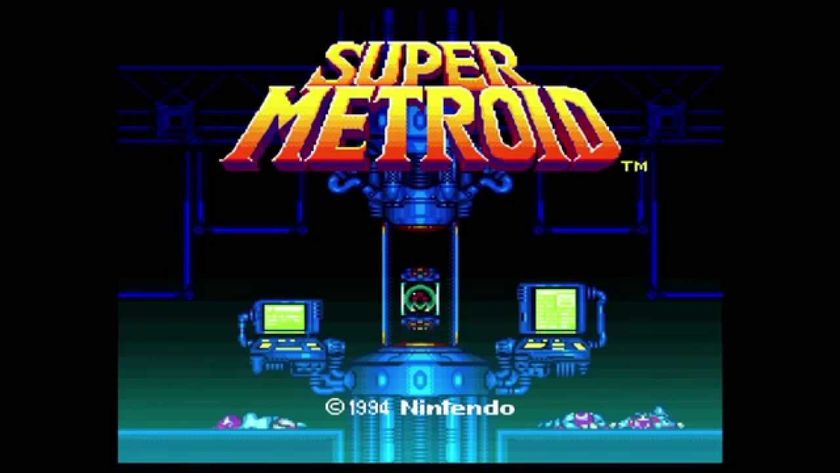

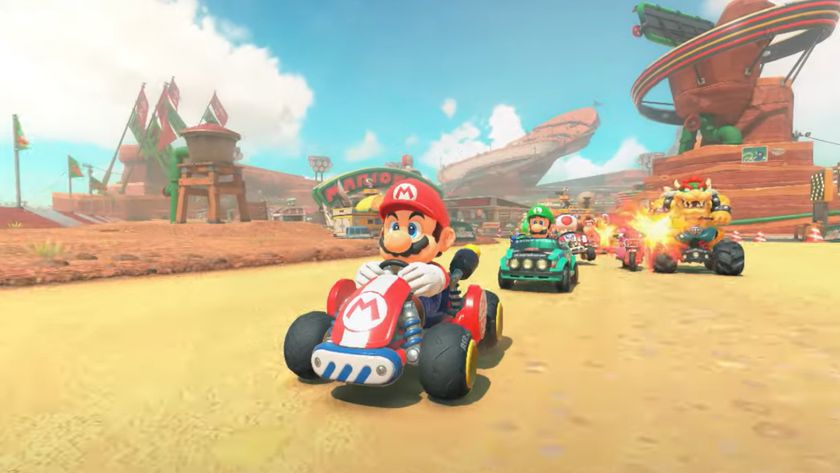
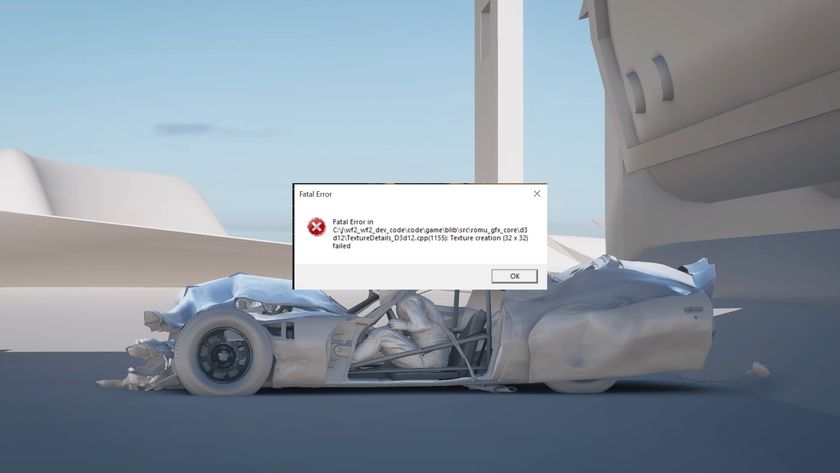

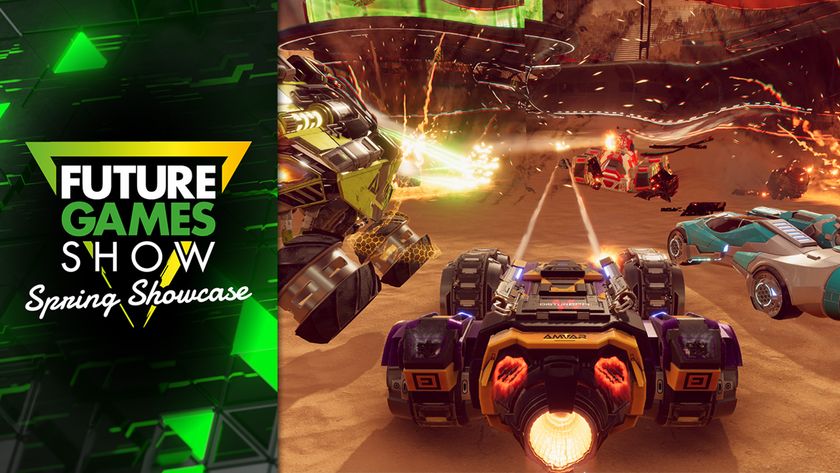
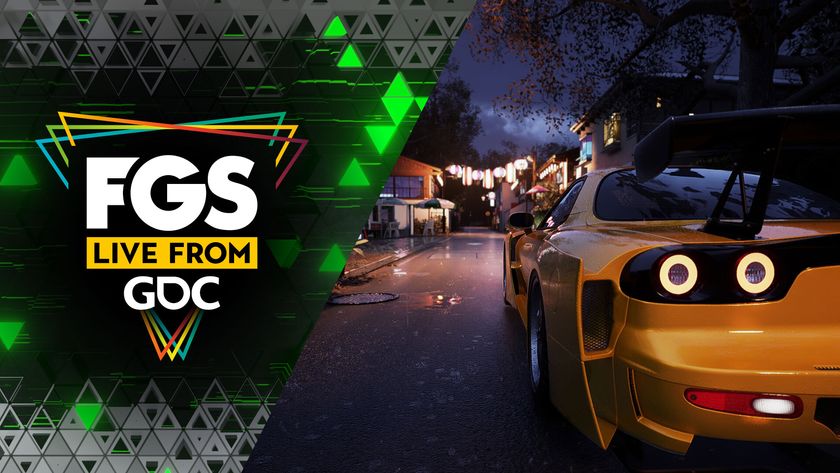
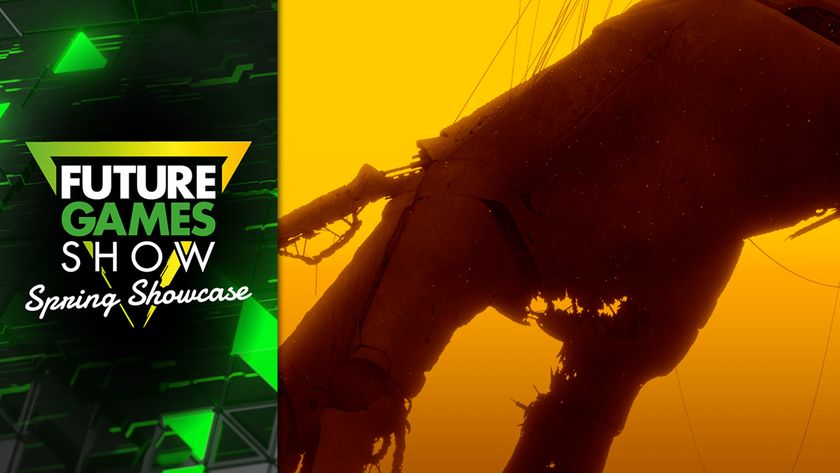

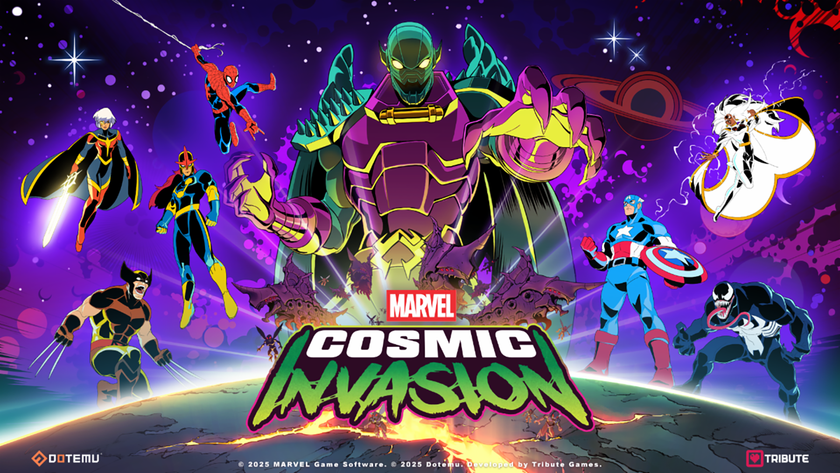
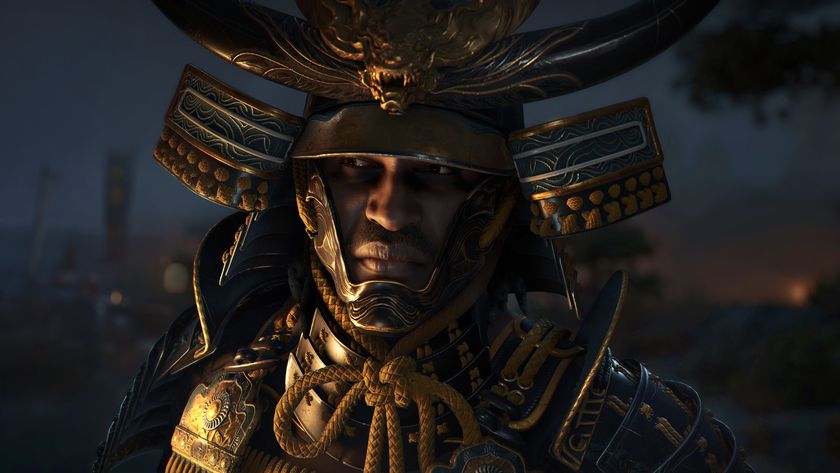


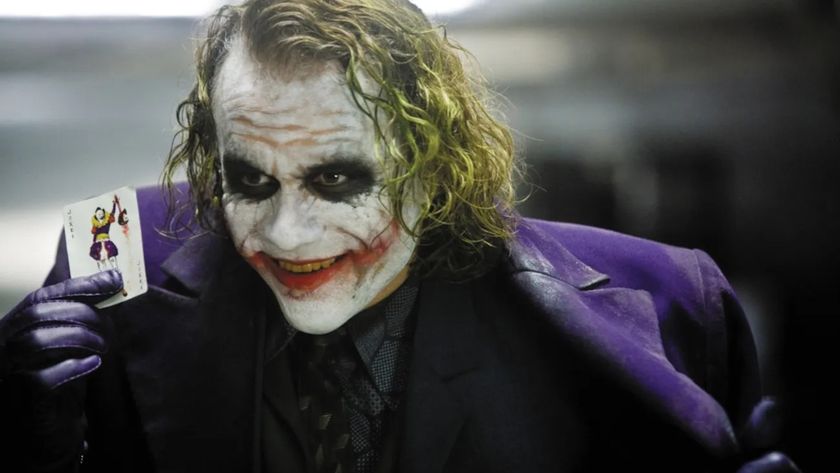

Porting Mario Kart 8 Deluxe to the Nintendo Switch was "kind of an afterthought," and now it's so popular that getting fans to switch could be a challenge

Devs behind beloved destruction-focused racing game Wreckfest launch the sequel in early access with a trailer full of physics glitches and fatal error messages



